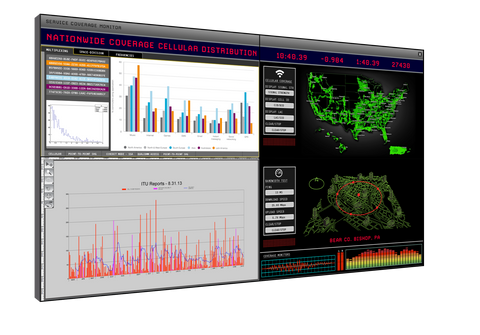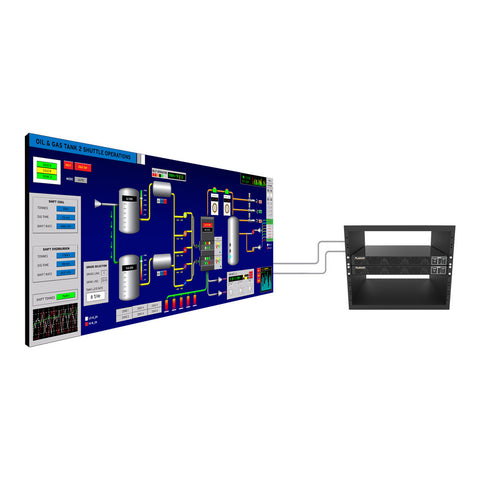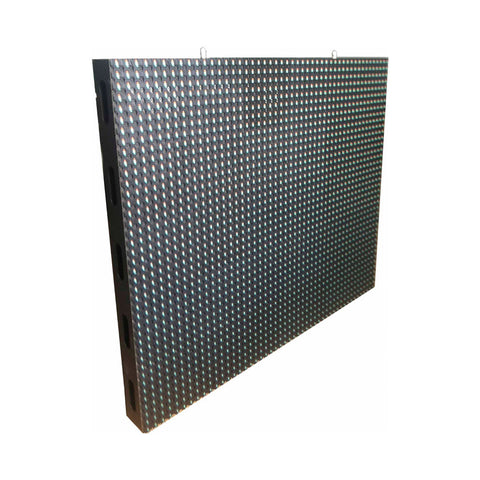Flat Panel Displays
The flat panel revolution began with plasma technology, using a widescreen format (16:9) that arrived even before high definition signals. Plasma evolved until it was replaced by LCD technology. Screens with this latter technology, in addition to presenting less hum and less heat emission, were rapidly increasing in size and resolution, consolidating themselves as the most viable option in flat screens. Some time later, their light source was changed and went from being a simple lamp (CCFL) to being a set of LEDs . Plasma technology has become obsolete in the consumer market, however it continues to be used in the professional market since it is the technology with which a thinner frame is achieved (PDP technology).
It is commonly thought that LED screens were the next step after LCD screens, but it would be more correct to say that LCD screens now have LED lighting. When we talk about LED screens, we are not referring to this type of screen, but to those with the LED exposed, which are easily distinguished outdoors in spectacular advertisements.
The various Asian flat screen manufacturers, in any of the variants shown, have reduced costs and with this have strongly penetrated the consumer market. However, it is very important to differentiate a traditional consumer screen from a heavy-duty screen. The former are designed to remain on for only a few hours a day, while heavy-duty screens have the necessary electronics to remain in continuous use, without needing to be turned off. Their power source and the electronics that generate the most heat can even be removed from the screen and sent to a rack, keeping the heat as far away as possible from the liquid crystal of the screens. With this we will avoid image retention (image sticking), a natural effect of LCD screens, caused by the static display of images in the same position.
It is essential to choose the screen that best suits the needs of each application. Let Grupo Covix advise you in choosing screens for your project, whether they are screens for Digital Signage , screens for Videowall , heavy-duty screens, outdoor screens, etc.






